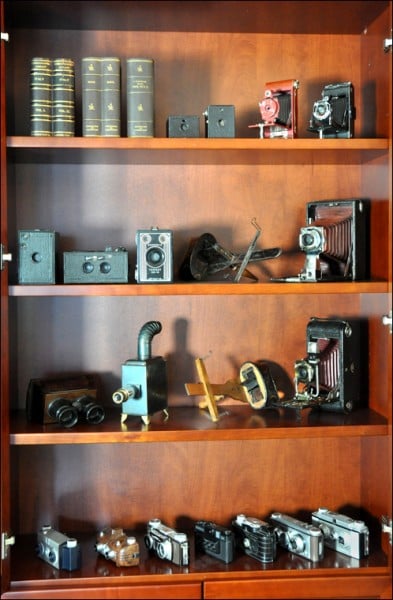
At first glance, the contents and displays of museums and archives may make it seem as if everything has always been there, frozen in time and space, for decades. This is rarely the case, as museums are usually active, dynamic environments.

Museums and Archives: The Day-to-Day Jobs
Each day curators, archivists, staff, and administrators are busy with hundreds of day-to-day tasks that must be addressed when running any business. Each department has its own job, often with much cross-over, and while some permanent exhibits may seem like they never change, there is always something going on behind the scenes.
Permanent exhibitions must be cared for, which means that different artifacts or parts of the exhibit have to undergo scheduled maintenance. Objects are taken off the shelf and often transported to various collections departments in artifact boxes. There they are inspected, often with gloved hands, perhaps cleaned if needed, and otherwise prepared to go back in display.
Rotating exhibitions have to be planned, archival mats must be measured and cut, images must be framed, exhibits must be installed, lighting adjusted, and glass and plexiglass must be cleaned. While all of this might appear seamless on opening night, it actually requires a large amount of work and preparation by a dedicated staff.
Traveling exhibitions have to be received and inspected, items must be cataloged by the registrar, picture frames must be hung with the correct types of picture hangers, the show must be promoted, opened, monitored, and then closed, disassembled, repacked, and shipped out to its next venue.

It is said that 90% of any museum or archive’s collection is not on display due to spatial constraints and other limiting factors. Yet all of these artifacts—kept safely in museum quality archival storage boxes, various portfolio boxes and museum cases, or carefully protected with interleaving tissue or nestled in crystal clear bags or archival polyethylene bags—must be inventoried, periodically inspected, cared for, and prepared for any upcoming exhibitions that might include them.

Visit Museums and Archives with a New Sense of Appreciation
In this age of instant internet access and digital downloads, nothing beats seeing the actual artifacts of history—from yesterday and today—at a museum or archive. The next time you are visiting one of these repositories of art and culture we hope you will consider and appreciate the energy and resources that go into the archival preservation and presentation of the objects in their care.
Contact Us
If you have any additional questions or would like more information on the archival storage and presentation materials that are right for you, please contact us here at Archival Methods. We’re always there to help with any archiving, storage, or presentation questions you may have.
